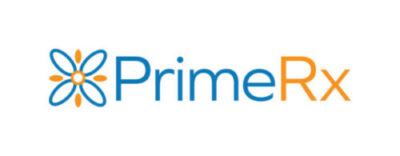The 2021 NCPA Digest reports that 84 percent of community pharmacists offer influenza immunizations, with 80 percent offering shots for non-flu-related illnesses. And while pharmacists today may be feeling a bit overwhelmed by demand for COVID-19 vaccines and tests, it’s worth pointing out just how profitable a well-executed pharmacy immunization program can be.
How does $40,000 in additional revenue sound? $90,000?
During a panel discussion on “Economic Value and Immunization Prescription Requirements,” PrescribeCare Managed Services Organization CEO Mindy Smith, BSPharm, RPh said that pharmacies that fail to take advantage of immunization opportunities “are missing out on, at minimum $40,000 of revenue per year, probably upward – more toward $90,000 if you were to really do a robust program and maximize all of those opportunities.”
Consider the math and it’s easy to see just how much revenue can accrue.
Last year, for example, almost 195 million influenza vaccinations were administered in the United States. According to the CDC, just over 50 percent of the U.S. adult population received a vaccination, and just under 60 percent of children between the ages six months and 17 years. This rate of vaccination, which actually showed an increase over previous years, was still far below the CDC’s target goal of 70 percent.
In other words, with roughly half of all patients not receiving a flu shot, pharmacists have an opportunity to significantly expand their immunization programs. And, depending on the vaccine administered, the Centers for Medicare & Medicaid (CMS) payment allowance for Medicare Part B beneficiaries ranged from $10 to $65 per dose, with most pharmacies seeing an average $20 in profit per flu shot.
Although influenza shots are usually the most in-demand, they are not always the most profitable. According to PBA Health, meningococcal group B vaccines generate $48 per dose; human papillomavirus vaccines generate $50 per dose, and hepatitis B can bring in $80 per dose. And, as pharmacists are keenly aware, COVID-19 vaccinations generate revenue of $40 per dose.
Travel vaccines are another important revenue opportunity for pharmacies. “Pharmacists can offer services both before and after the patient’s travels to ensure quality of care and to achieve maximum opportunities to make medication recommendations,” notes the National Community Pharmacists Association (NCPA). The NCPA in fact, offers detailed guidance for pharmacies interested in adding travel vaccines to their immunization portfolios.
The NCPA also offers extensive guidance for pharmacists interested in creating, or expanding their immunization programs. The guidance includes five main steps:
- Understand state regulations regarding pharmacist vaccine administration.
- Acquire the reimbursement competencies required to run a vaccine program.
- Gather the resources required to effectively manage vaccine inventory and supplies.
- Recognize the impact on workflow and make adjustments to minimize business disruptions.
- Launch a multichannel marketing campaign to promote the immunization program.
Once a pharmacy has made the decision to build an immunization program, staff can rely on the PrimeRx™ system for seamless management. This includes direct integration with the Script Management Partners Automated Immunization Reporting solution. Pharmacies can access this solution directly within PrimeRx™ to automate the reporting of immunization data to state/local immunization registries.
Immunizations offer a win-win opportunity for pharmacies. Pharmacists can provide valuable and convenient services to their patients, while simultaneously solidifying their role as community healthcare providers. And in the process, they can tap into a new source of revenue.

